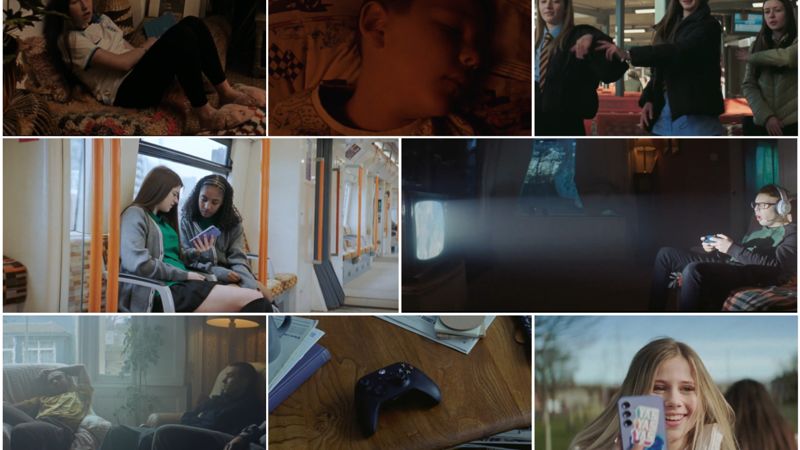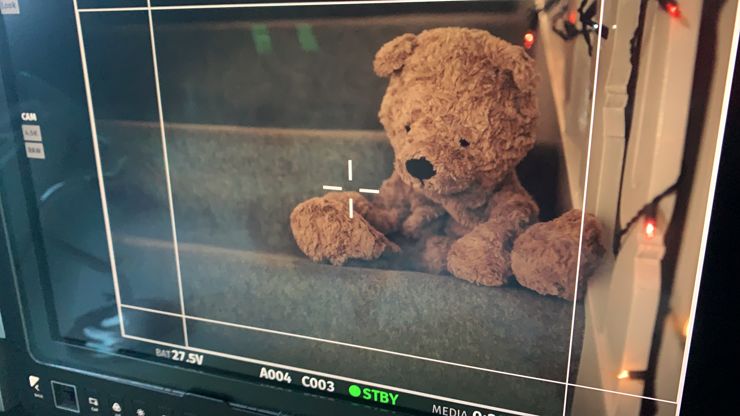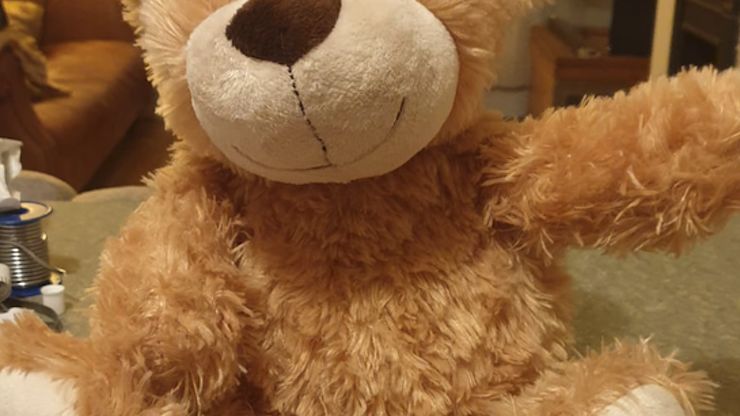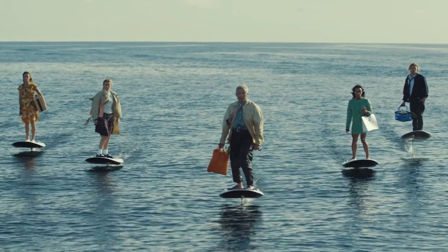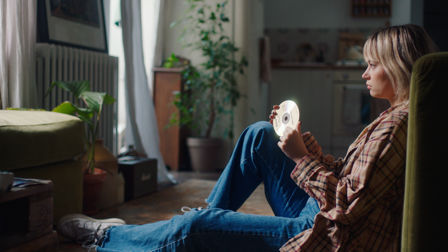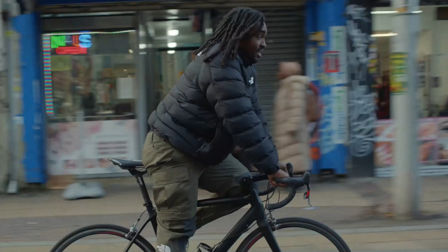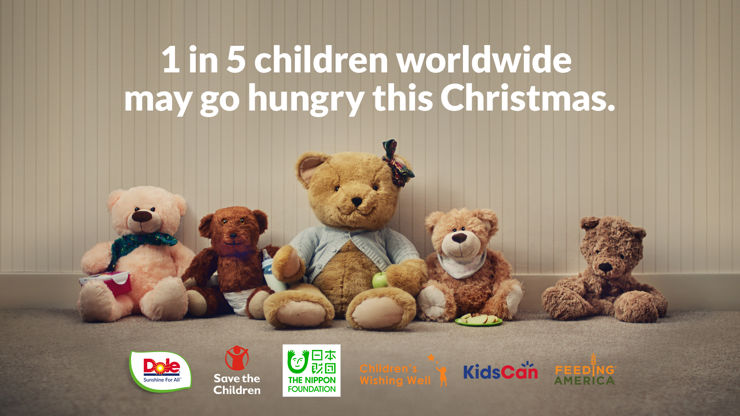Dole's teddy bear campaign was no picnic
With only 21 days at its disposal, St Luke's had a tight deadline to create this new campaign for Dole, which focusses on child hunger. But, despite this, #UnstuffedBears is a simple but elegant and effective campaign that employs film and digital elements as well as a varied cast of teddies.
The new campaign for Dole foods, which broke yesterday, is a simple but highly impactful piece of work which highlights how a fifth of children in the world will go hungry this Christmas.
Called #UnstuffedBears, the campaign was created by St Luke's in only 21 days, and includes a 30-second film [below], directed by Amy Becker-Burnett, a social media activation and a donation website with an inbuilt AR element which is triggered with every donation.
Dole and its Global CMO, Rupen Desai, were keen to make sure the campaign, St Luke's first for the brand, wasn't just about creating awareness of the issue of child hunger, but affected real change. Below, Desai and St Luke's ECD, Richard Denney, discuss the reasons behind the campaign message, the tight turnaround and the importance of casting the right teddy bears.
Credits
powered by
- Agency St Luke's/London
- Production Company Rock Hound
- Director Amy Becker-Burnett
-
-
Unlock full credits and more with a Source + shots membership.
Credits
powered by
- Agency St Luke's/London
- Production Company Rock Hound
- Director Amy Becker-Burnett
- Producer James McLaughlin
- Executive Creative Director Richard Denney
- Creative Howard Green
- Art Director Darren O'Beirne
- Producer Andrew Thorne
- Producer Roy Hyndman
- DP Joe Douglas
- Editor Pete Hills
- Post Producer Andy Salem
- Post Producer Nick Foote
- Colorist Jonny Tully
- Sound Engineer Scott Little
- Music Producer Jake Buckley
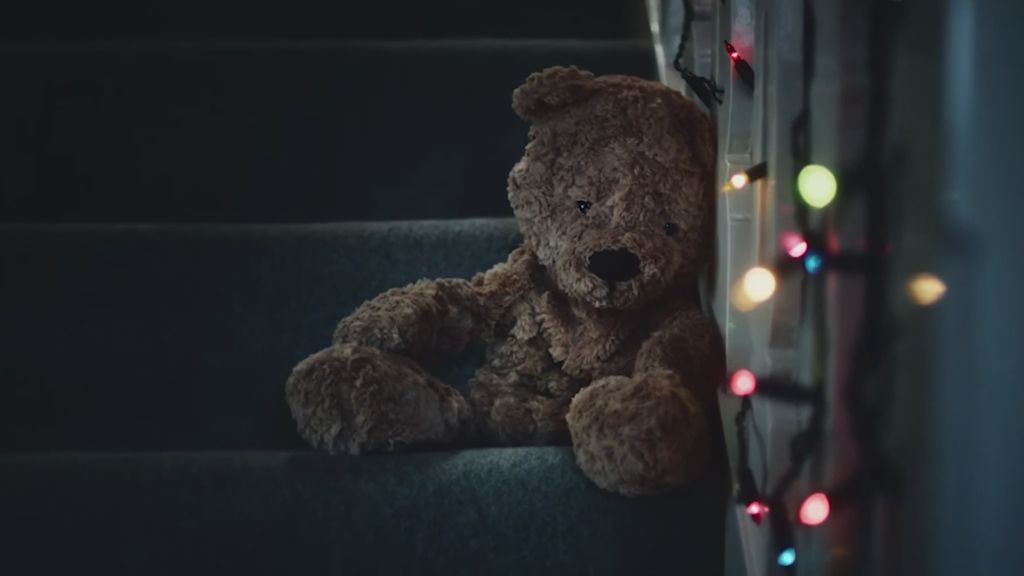
Credits
powered by
- Agency St Luke's/London
- Production Company Rock Hound
- Director Amy Becker-Burnett
- Producer James McLaughlin
- Executive Creative Director Richard Denney
- Creative Howard Green
- Art Director Darren O'Beirne
- Producer Andrew Thorne
- Producer Roy Hyndman
- DP Joe Douglas
- Editor Pete Hills
- Post Producer Andy Salem
- Post Producer Nick Foote
- Colorist Jonny Tully
- Sound Engineer Scott Little
- Music Producer Jake Buckley
Above: Dole's new campaign, #UnstuffedBears.
What was the brief you took to St Luke's, and what did you want this campaign to achieve?
Desai: It was the poignant food security crisis, doubling the food insecure people by the end of this year, and the impact on children. The UN Food Program statistic of one in five children going hungry is heartbreaking, and we believe we need to raise awareness and get more people involved. By ourselves, we can feed a few, however, together, we can make a bigger difference. At Dole we are contributing with product or profits (varies market to market) whilst inviting people to directly contribute to the charities we are partnering with. More importantly, with this endeavour we hope people are more aware [of this issue]. Even if they choose not to act on this call, we hope they choose to act in their local communities and beyond.
We wanted to make sure this campaign wasn't just one for Christmas, but one we could amplify next year.
How did you approach the campaign after first winning it?
Denney: It was a mammoth task due to being a worldwide campaign with lots of variations, and there were other elements, like a pop-up shop with our unstuffed bears, that we wanted to create but couldn't due to Covid and logistics of getting them made. The main thing, though, was that we wanted to make sure this campaign wasn't just one for Christmas, but one we could amplify next year. Dole wanted this to be a longterm thought not just a short-term fix. They wanted us to help them work on their purpose portfolio, but wanted to make sure it was done properly.
Above: The crew and fur-covered cast on location for the shoot.
Where did the idea to use bears come from?
Denney: Although we wanted to launch this idea for Christmas, we wanted something that could carry into the New Year and work for other festivities such as TET in Vietnam. With regards to setting there’s a Christmas feeling with it (hence the fairy lights in the final shot), and teddy bears are synonymous with Christmas. The toy brands and stores release their collectable bears and it’s a gift that is universal.
The metaphor of bears as children works globally and emotionally. Also, they are a lot easier to direct.
But there is fine line, too, because we could have used real children but while you want to be hard-hitting, you don't want to make people feel guilty and, also, the feeling right now due to the pandemic isn’t a great one. Teddy bears seemed to be the perfect way to do this. The metaphor of bears as children works globally and emotionally. Also, they are a lot easier to direct. Ours were as good as gold.
You had a very short amount of time to pull this together; can you tell us a bit about that?
Denney: Trying to orchestrate it all was tough. We had a reduced crew on the shoot, adhering to all the corona restrictions, of course. But it was a really well-handled production with our director, Amy Becker-Burnett, who captured everything brilliantly over a one day shoot. At the same time as that was happening we were also building the site and the other assets, like the AR bear and the 'donation machine' that lives on the website. Along with our huge client team we had to deal with all the charity partners too, so there were a lot of moving parts.

Above: St Luke's ECD, Richard Denney.
How did you choose which bears to use in the film?
Denney: Well, that was down to our bear casting session. We had to make sure we got the right bears, especially our 'hero' bear, the one at the end. We had to think about diversity, who and what the bears might represent. We had to set the scene in each for them to be relatable. We also had the logistical issue of what the hero bear looks like with the stuffing taken out of him. We also had to consider, for the hero bear, that when you see it, if it's in too sorry a state, you might then associate that with other welfare issues. We were concentrating solely on food welfare and hunger, so didn't want to use a raggedy old antique bear because that might have pushed people's thoughts to other areas, which we didn't want to do.
We were concentrating solely on food welfare and hunger, so didn't want to use a raggedy old antique bear because that might have pushed people's thoughts to other areas.
Why was Amy Becker-Burnett the right choice for director?
Denney: Amy is such a huge talent. I love the way she captures and frames real life. Right from the start she talked about the bears as children, and wanted to cast them with that lens in mind, which is why this film is so strong and easy to connect with. It’s ever so simple but so emotionally engaging thanks to her. She’s got a strong point of view too, and working to a tight deadline meant we had to work quickly. Amy is very creative in her thinking and had a clear vision with everything worked out which helped us all immensely. She joined in too on so many calls pre- and post-production, which made the whole process easier and more collaborative as an experience which the client enjoyed too.
Above: Images from the Dole campaign.
What was the biggest challenge in creating this campaign?
Denney: The biggest challenge was always going to be time, but when you have a client that wants to genuinely create change, believes in the idea, and trusts you and your team around you, anything is possible. They were on so many calls with us and, due to different time zones, sometimes that meant late nights and early starts for them to help push this over the line. Total dedication across the board from such an inspiring brand team.
Brand purpose is important if it is actually part of something a brand genuinely believes in.
How important now is brand purpose, and brands' willingness to embrace standing for something?
Denney: Brand purpose is important if it is actually part of something a brand genuinely believes in and actions, and doesn’t just use it to jump on a trend to make their business more famous and relevant. It’s a dangerous game to play, which you can spot a mile away and doesn’t go down well with the public.
Desai: We live in an unequal world. For a company like ours, where you can literally ‘eat’ our purpose, it’s important we champion for a world where access to nutrition is a human right, equal for all. This is what we call, Sunshine For All. For this to be meaningful, we believe purpose must permeate every part of the company. [It must] be the business model and rule how we make decisions, products, how we work with our partners [and how we campaign] for a more equal world. ]At Dole, we are making a pivot to using purpose as a verb, of making everything we do #purposeful. Embracing it means it needs to be more than an advertising veneer and needs ‘meaningful’ actions.
)
